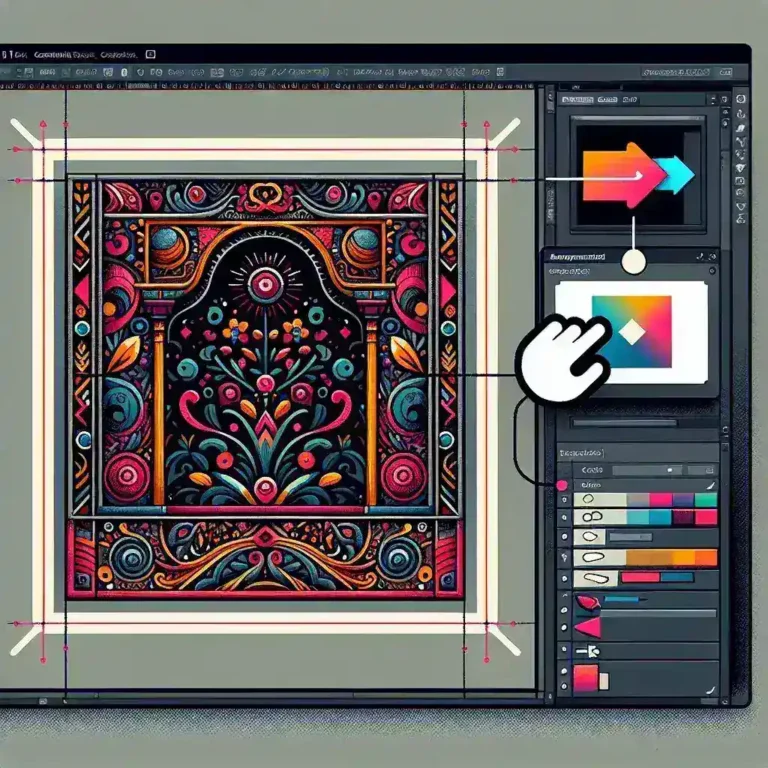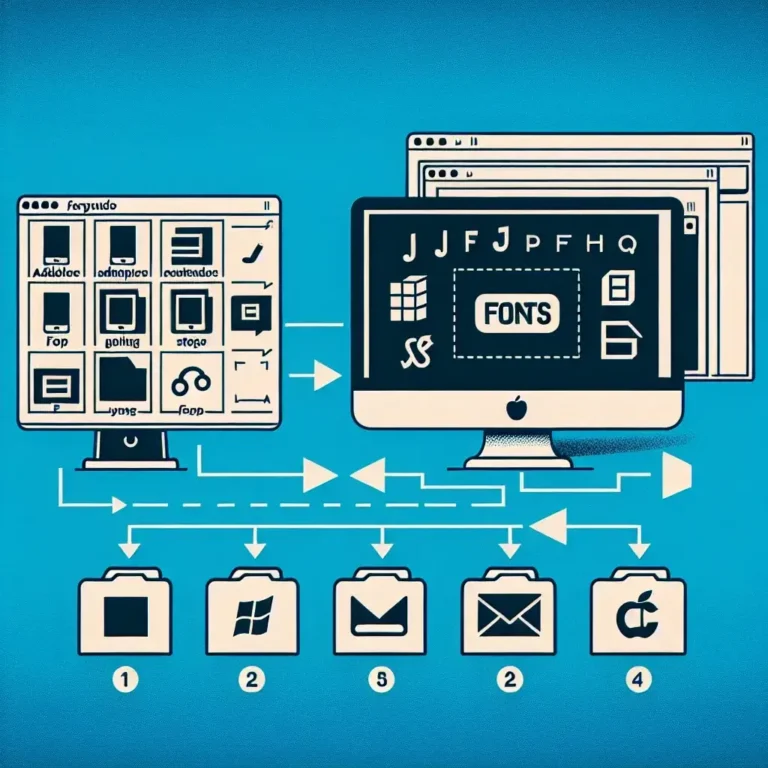Adobe Illustrator is a powerful tool for creating stunning graphics and designs. One useful feature that many users may not be aware of is the ability to add hyperlinks to your artwork. By adding hyperlinks, you can make your designs interactive and user-friendly, which can be especially helpful for digital projects.
Here’s how you can easily add a hyperlink in Adobe Illustrator:
- Select the object or text: First, select the object (such as a shape or text) to which you want to add the hyperlink.
- Insert the hyperlink: Go to the ‘Window’ menu and select ‘Links’ to open the Links panel. Then, click on the small arrow in the top right corner of the Links panel and choose ‘Hyperlink.’
- Enter the URL: In the Hyperlink dialog box, enter the URL you want to link to in the ‘URL’ field. You can also choose to link to an email address, a file, or a specific page within a PDF.
- Apply the hyperlink: Once you’ve entered the URL, click ‘OK’ to apply the hyperlink to the selected object.
- Test the hyperlink: To test the hyperlink, you can choose the ‘Preview’ option from the ‘Window’ menu. Click on the object with the hyperlink, and it should open the linked page in your web browser.
Adding hyperlinks in Adobe Illustrator is a simple yet effective way to enhance the interactivity of your designs. Whether you’re creating a digital portfolio, a presentation, or a website mockup, adding hyperlinks can provide a seamless user experience and make your designs more engaging.




Leave a Comment